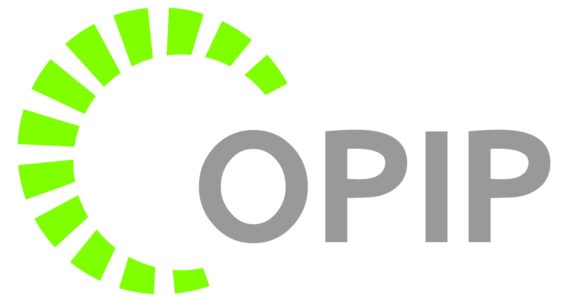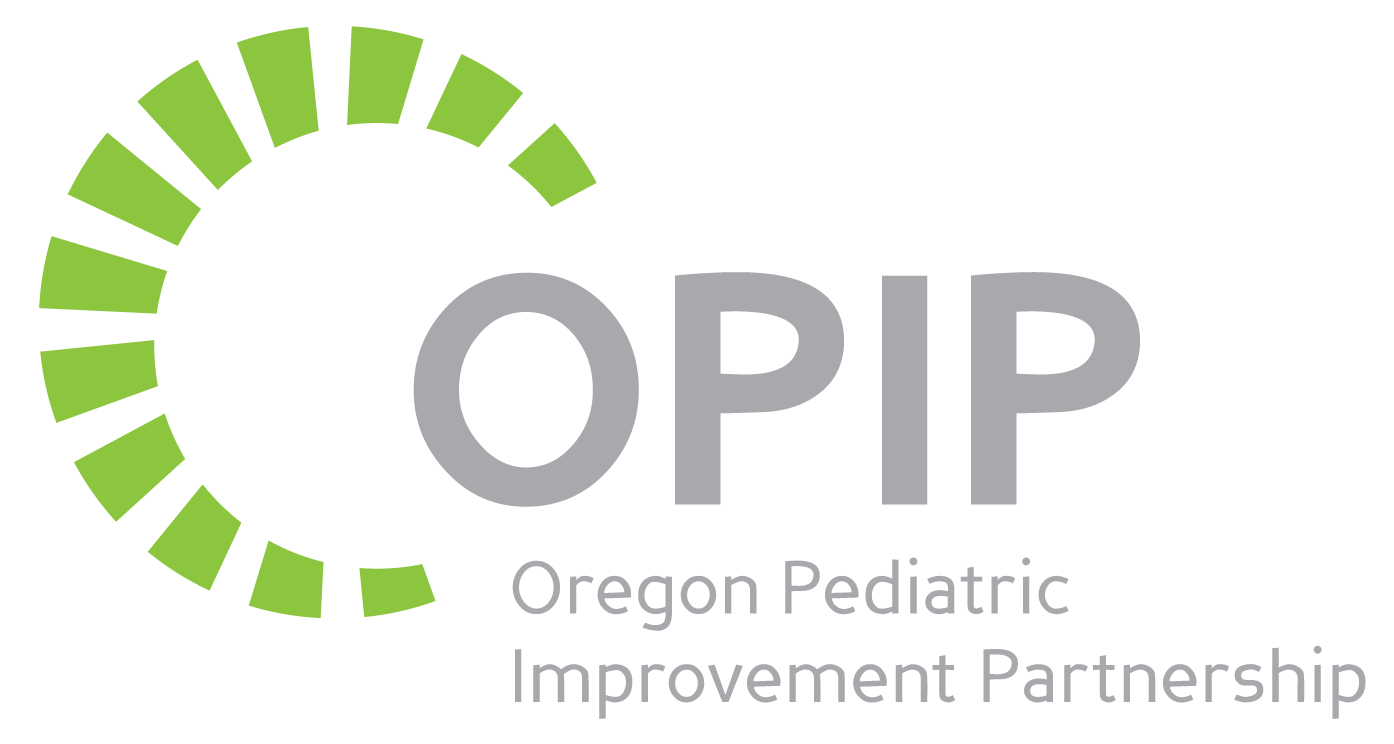Resources to Measure and Track Performance
CHIPRA Developmental Screening Measure:
Ms. Reuland, the OPIP Director, serves as the measure steward for the CHIPRA Developmental Screening Measure (CHIPRA Measure #8). Click here for more information about this measure that is based on either claims/billing data or medical chart review data.
Coaching Practices on Using the billing code 96110: One way to measure and track developmental screening is through the use of 96110. OPIP is providing coaching and technical assistance to practices on issues to consider in using the 96110 claim. Click here for an example of the coaching and tools that have been used with practices.
Developmental Screening, Referral and Follow-Up:
Through the ABCD III effort, OPIP partnered with the Oregon Division of Medical Assistance Programs to develop medical chart specifications meant to gather data and information about developmental screening, referral, and follow-up for children identified at risk. These medical chart specifications were used by the eight managed care organizations who participated in the ABCD III effort, and over 1000 charts were reviewed.
Medical Chart Review Specification: Click here for the copyrighted medical chart specification tool developed by OPIP, for screening, referral, and care coordination for children at-risk for developmental, behavioral, and social delays.
Based on the medical chart specifications, OPIP has submitted four measures to the National Quality Measure Clearinghouse (NQMC) for review.
- Measure #1: Proportion of Children Screened for Risk of Developmental, Behavioral and Social Delays Using a Standardized Screening Tool.
- Measure #2: Proportion Children Identified At-Risk for Developmental, Behavioral, and Social Delays Who Were Referred to Early Intervention.
- Measure #3: Proportion Children Identified At-Risk for Developmental, Behavioral, and Social Delays Who Were Referred to Address the Risks Identified (This includes providers beyond EI).
- Measure #4: Proportion of At-Risk Children Who Were Referred to Early Intervention (EI) for whom information about Early Intervention is in the Primary Care Provider’s Medical Chart.
Click here for an overview of the measure specifications, based on the medical chart reviews, that were submitted to the National Quality Measures Clearinghouse.
Click here, or scroll down, for the Adolescent Health Medical Chart Review specifications tool developed by OPIP, which focuses on depression and substance abuse screening and referral. This tool relates to the Adolescent Office Report Tool & Assessment (AORTA)© described below.
Office Report Tools:
- MHORT: OPIP led the development, implementation steps, and analysis of the Medical Home Office Report Tool (MHORT) used in the Tri-State Children’s Health Improvement Consortium (TCHIC).
- AORTA©: The Adolescent Office Report Tool & Assessment (AORTA)© is a copyrighted office report tool developed by OPIP that assesses office systems and processes within practices related to screening for depression and substance abuse, brief interventions, referral to treatment, and referral tracking. This tool is used to identify the systems and processes in place, and to track implementation of these processes anchored to best practices for quality improvement. (©Oregon Pediatric Improvement Partnership (OPIP), Adolescent Office Report Tool & Assessment (AORTA), 2014)
Provider and Office Staff Surveys:
Prior to every Learning Session with participating practices, OPIP administers a survey to the providers and office staff to gather a baseline understanding of their perceptions about the strengths and barriers in their systems related to the topic area of focus. Wherever possible, OPIP strives to utilize items from national surveys for which comparative information is available.
- Survey Focused on Medical Home and Identification of Children and Youth with Special Health Care Needs
- Survey Focused on Care Coordination
- Survey focused on Behavioral Health Integration in Primary Care
- Pre-Training Survey for START Adolescent Health Project: This pre-survey assesses the attitudes and beliefs of attendees regarding substance abuse and depression, as well as their perception of their practice’s capacity for implementing the interventions presented during the Training Sessions.
Quality Measures-Based Medical Chart Reviews:
ABCDIII Medical Chart Review: As part of the ABCD III efforts, OPIP developed a Medical Chart Review tool to assess screening, referral, and care coordination for children identified at-risk for developmental, behavioral, or social delays, and Provider feedback from Early Intervention in the first three years of life.
Adolescent Health Medical Chart Review: The Medical Chart Review for the START Adolescent Health Project uses chart data to assess whether processes reported by practices, via the AORTA©, are consistently provided to patients. It is a tool for practices to ‘take a snapshot’ of the care that their providers conduct during Adolescent Well-Care Visits related to depression and substance abuse and, by knowing this information, can better understand whether their office systems and processes related to depression and substance abuse care during Adolescent Well-Care Visits are being experienced by patients in the manner intended.

